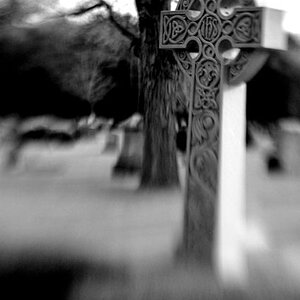oldkodachrome
TPF Noob!
- Joined
- Oct 18, 2009
- Messages
- 6
- Reaction score
- 0
- Location
- Kentucky
- Can others edit my Photos
- Photos OK to edit
Hey,
Go back to the year 1960 or 1961 and suppose you had some Kodachrome slides from which you wanted to have some color prints made (size 2-1/2 by 3-1/2 inches). Would the processing lab have torn open the cardboard slide holders to remove the film to make the prints?
Were there several different ways a lab could have made prints from slides back then?
We're having some debate as to when some slides were photographed and wondering if the dates written on the slide holders in ink pen by a now deceased family member are accurate, along with the little red-ink slide number in the top corner of the cardboard.
I'm a complete newbie to photography and didn't find my answer in this Forum's FAQ, so anything you old dudes can tell me will be very appreciated! The answers to my previous Posting have been wonderful. Thanks folks!
John
Go back to the year 1960 or 1961 and suppose you had some Kodachrome slides from which you wanted to have some color prints made (size 2-1/2 by 3-1/2 inches). Would the processing lab have torn open the cardboard slide holders to remove the film to make the prints?
Were there several different ways a lab could have made prints from slides back then?
We're having some debate as to when some slides were photographed and wondering if the dates written on the slide holders in ink pen by a now deceased family member are accurate, along with the little red-ink slide number in the top corner of the cardboard.
I'm a complete newbie to photography and didn't find my answer in this Forum's FAQ, so anything you old dudes can tell me will be very appreciated! The answers to my previous Posting have been wonderful. Thanks folks!
John


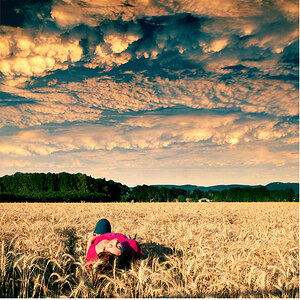
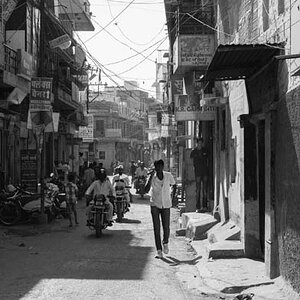
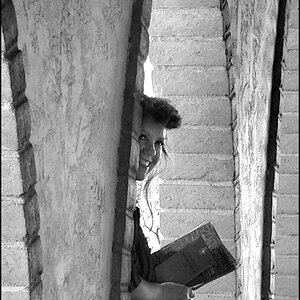


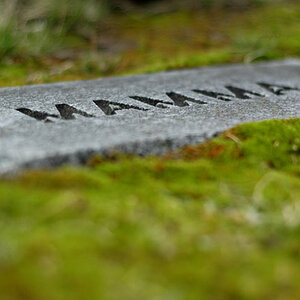
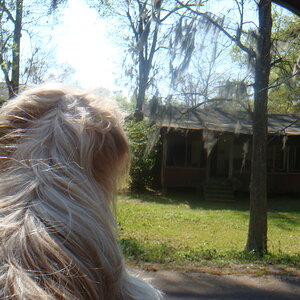
![[No title]](/data/xfmg/thumbnail/37/37245-5f15b292311b21913f10cc41f40682ba.jpg?1619737952)



